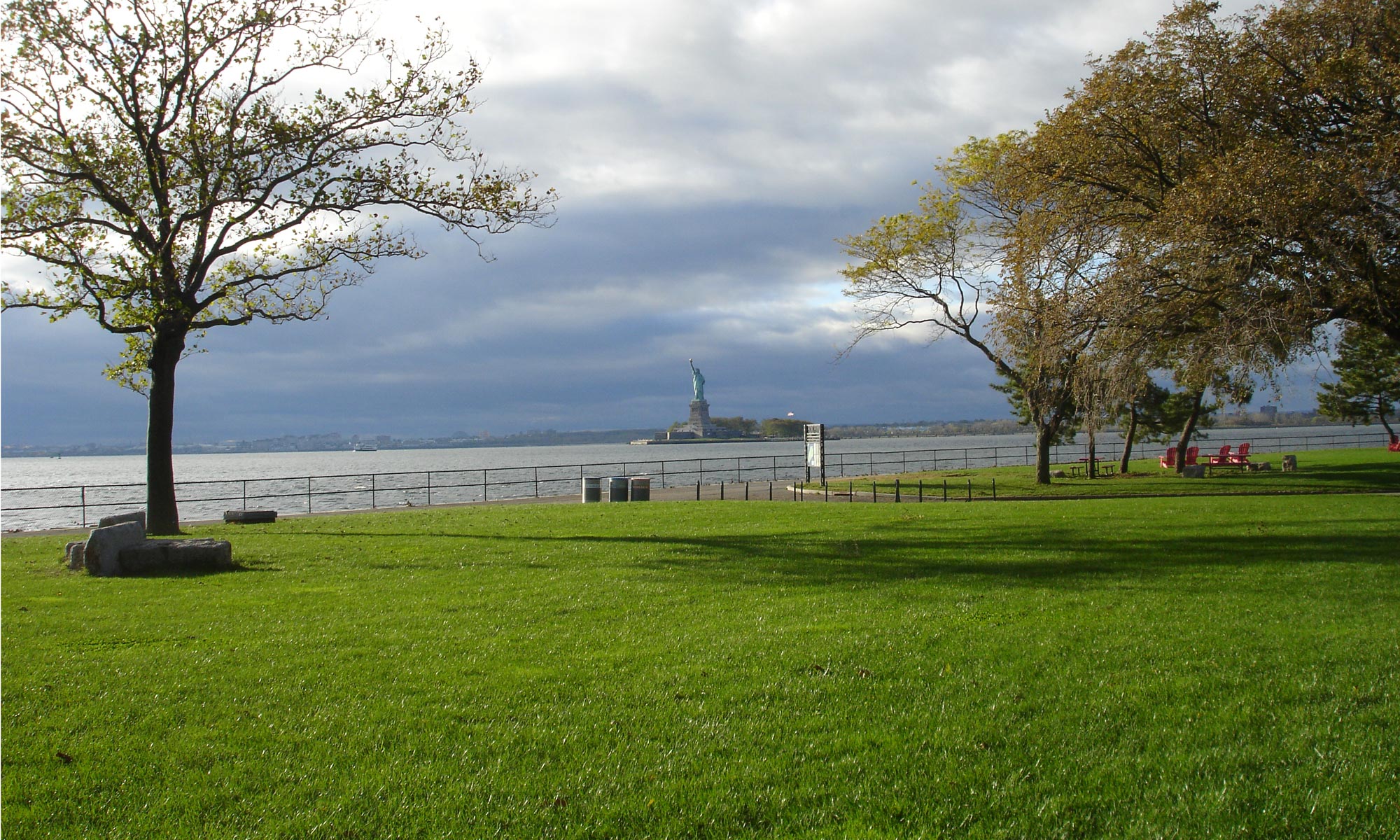Posted
Dec. 17, 2020
By Lynn Ellsworth
Governors Island is public land and home to an excellent park that is self-supporting. Yet 33 acres of it is about to be redeveloped for glass towers under a bad rezoning plan pushed by Alicia Glen, the city’s gentrifier-in-chief and current head of the “Trust” that manages the island. The vision she is proposing should be rejected.
Once owned by the Federal Government, part of the island was designated a National Historic District and another a National Monument. The remaining 150 acres were transferred to the City and State of New York with a restricted deed: use had to be for public benefit, there could be no permanent housing, and all revenue had to be recycled into the island. That’s okay. It’s a great park “as is” and a huge asset to the congested core of the city. There’s a public high school, summer camps, arts and cultural festivals, space to bike and hike, and a few simple places to eat. Aside from festival days, it’s a charming place to get some respite from tourists and crowds.
In 2010 a “Trust” was formed to oversee the island’s future and much of what they did was good (except maybe for the silly high-end Aquaspa they approved). Recently, Alicia Glen took charge of the Trust. Long time friend to real estate Carl Weisbrod is staunchly at her side. They work closely with the “Friends of Governors Island,” a non-profit dominated by Big Real Estate firms such as Tishman Speyer, Related, and Blackstone. Glen quickly got the Trust’s mission changed to be about “bold visions” and “full potential” and then produced a real estate-driven plan that if implemented, would damage the island’s quality as a public park. Kicking the plan’s tires, it also looks more like a bait and switch scheme to hide the usual Glen product: speculative offices and luxury condos.
How would that work? First, the Trust creates a “red herring” to serve as bait and distract us: a non-profit “Center for Climate Solutions” whose function is to justify a massive upzoning on 33 acres of the island by the ferry landing. Glen argues that once upzoned, she can get new buildings constructed and then flog them to unnamed educational institutions, hoteliers, and developers who will agree to pay the city $120 million a year for them. There will be splashy new faculty housing, new dorms, and a variety of hotels. Buildings as high as 300 feet will be allowed. The research center would be the smallest part of the plan (and does not seem to need a new building at all to happen). Taxpayers will pay for the necessary demolitions and the unspecified cost of raising the south part of the island to protect it from sea-level rise. The switch would come when the fiction of a public good “center” proves impossible to sustain, thus requiring a deed change (like at Rivington House) to allow for speculative office towers and luxury condos. But $120 Million in promised annual revenue! As E.B. White said, that’s “some pig,” or rather, some astonishing Goldman Sachs voodoo.
But wait. What non-profit or educational institution will pay $120 million a year to be there? Columbia University? They already have a climate research center as well as the disastrous Manhattanville project on their hands. New York University? They are over their heads in real estate projects around the world. CUNY? No money there. Cornell? They already committed to a big tech campus on Randall’s Island. And who will construct the buildings? One of the Big Real Estate firms on the Friends of Governors Island board, perhaps? That seems likely.
Is this the right vision for a public island? Currently, the city earns a respectable $5 million a year from Governors Island events, vendors, rents, and grants. That covers maintenance and operations. The city tops that budget up with $15 million from general tax revenues. That pays for the ferries and city employees. Why not just charge some user fees on the ferries?
Governors Island is a beautiful, history-filled place that should stay a low-key public park, with a mild subsidy from the city, like all parks. No need to turn it into a financial black hole like Hudson River Park, Diller Island, or the Highline. If more facilities are needed they should be along the lines of an all-season tennis, skating, and swimming complex. Go ahead and charge some modest user fees for that. Children can play there all year long and learn how to be lifeguards. Governor’s Island should stay public, park-like, low-rise, filled with trees not buildings. Don’t turn it into a real estate project.
Lynn Ellsworth is the founder of Human-Scale NYC and Tribeca Trust
—-
From: http://tribecatrib.com
